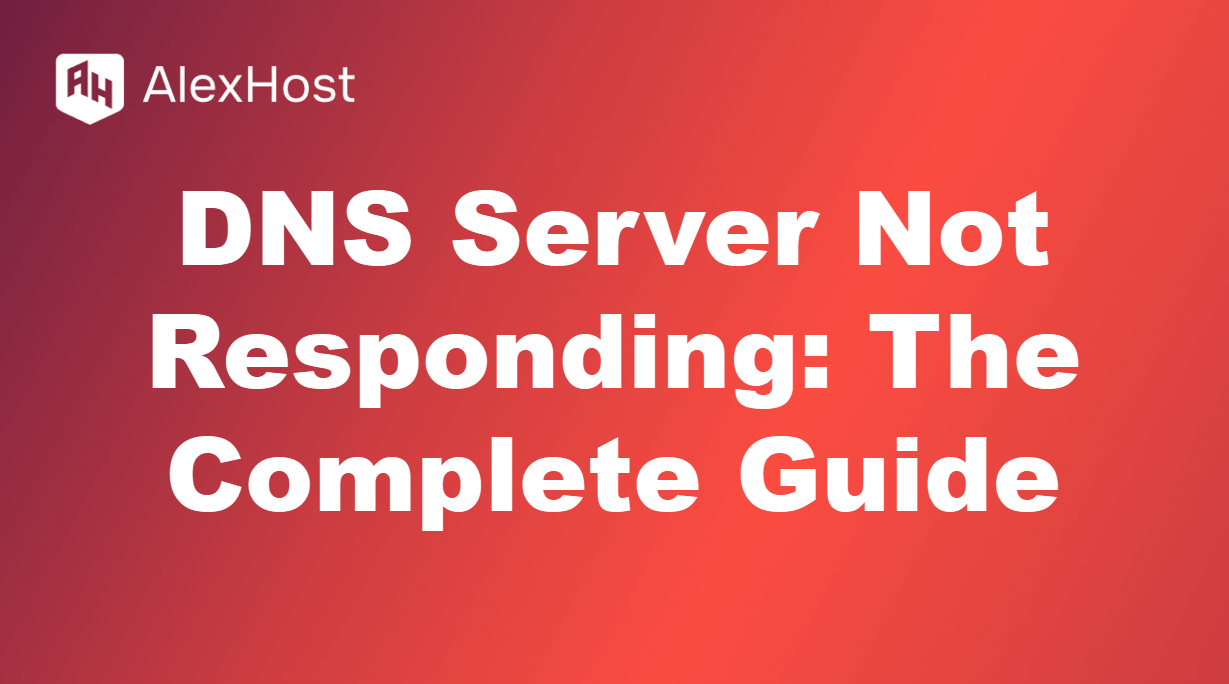The DNS_PROBE_FINISHED_NXDOMAIN error is a common issue that occurs when your browser cannot resolve a domain name. This means that the DNS (Domain Name System) lookup failed, and your browser could not find the IP address associated with the website you are trying to access. This can be caused by issues with your internet connection, […]
Monitoring and managing DNS records is crucial for maintaining a reliable and accessible website. An online DNS record check allows you to verify the current settings and troubleshoot any issues related to your domain’s DNS configuration. This guide will explain how to perform an online DNS record check and the various types of records you […]
Website Unreachable? Troubleshoot DNS Issues Like a Pro Why is my website still down after setting DNS servers? You’ve set up your DNS servers, but your website is still unreachable—frustrating, right? The culprit could be DNS propagation delays, misconfigured records, or network issues. This guide walks you through the common causes and step-by-step fixes to […]
Understanding which DNS (Domain Name System) servers are assigned to a domain is essential for website management, as DNS servers are responsible for translating domain names into IP addresses. This guide walks through several methods to check the DNS servers for a domain. 1. Use Online DNS Lookup Tools Online DNS lookup tools are quick […]
The Domain Name System (DNS) is an essential part of how the internet works. It acts as a translator between human-friendly domain names (like example.com) and computer-friendly IP addresses (like 192.168.1.1). DNS makes it possible for us to browse the web easily without needing to memorize long strings of numbers. In this article, we’ll explain […]
The Domain Name System (DNS) is the system that translates human-readable domain names (like example.com) into IP addresses, allowing us to access websites and services on the internet. Traditional DNS works well when devices have a static IP address, but what happens when the IP address changes frequently? This is where Dynamic DNS (DDNS) comes […]
Why is it important to clear your DNS cache? Clearing your DNS cache can help resolve network connection issues and ensure that your computer or browser is using up-to-date DNS records. What is a DNS cache? A DNS cache is a temporary storage of DNS request information, including the IP addresses of previously visited sites. […]
The “DNS server not responding” error is a common issue that occurs when your browser is unable to connect to the DNS server, which prevents it from finding the IP address of the website you are trying to visit. DNS, or Domain Name System, translates human-readable domain names (like www.example.com) into IP addresses that computers […]
DNS (Domain Name System) is essentially the internet’s phonebook. Its primary function is to translate human-friendly domain names (like example.com) into IP addresses (such as 192.0.2.1) that computers use to identify each other on the network. Without DNS, users would need to remember long numeric IP addresses to access websites, which would make navigation much […]
Google Public DNS is a free, global Domain Name System (DNS) resolution service that you can use to improve your internet browsing speed, security, and reliability. By configuring your network to use Google Public DNS, you can replace your ISP’s default DNS servers with Google’s DNS servers. Google’s DNS server addresses are: Primary DNS: 8.8.8.8 […]

















